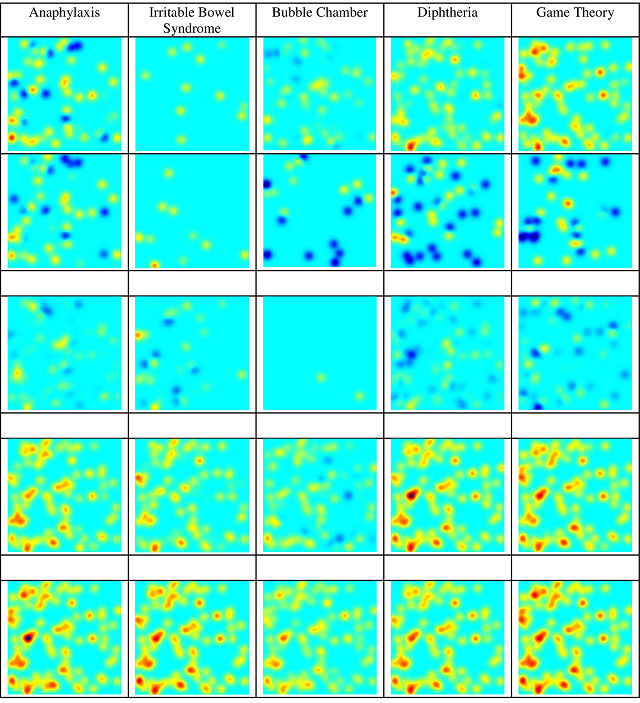
If the market has an invisible hand, does knowledge creation and representation have an “invisible brain”?
While knowledge is viewed as a product of neuron activity in the brain, can we identify knowledge that is outside the brain but reflects the activity of neurons in the brain?
A new study published in PLoS One suggests that the patterns of neuron activity in the brain can be seen in the representation of knowledge-related activity.
The results show that the neuron activity mechanism seems to represent much of the knowledge learned in the past decades based on published articles, in what can be viewed as an “invisible brain” or collective hidden neural networks.
Neuron activity has been researched extensively in the area of knowledge representation. Previous work suggested that there is another layer between neuron activity and knowledge representation in brain activity.
In economics, the invisible hand of the market is a metaphor to describe the self-regulating behavior of the marketplace.
This work shows that the neuron-like behavior appears in knowledge systems outside of the brain, therefore suggesting that knowledge can be represented directly by patterns of neuron activity as an “invisible brain”.
Researchers suggest that biological neuron behaviors are a good tool for the representation of knowledge activity and might appear in multiple areas of life.
The biological neuron model describes the mathematical neuron spiking process.
Neurons are viewed as cells specialized for communication with other neurons or cell types. Biological neuron communication is performed through synapses, which are electrical or electrochemical signal junctions.
Researchers conceptualize knowledge in research as spiking neuron communication and compare the research publication activity to real neuron behavior.
The method is based on identifying similarity between brain neuron behavior and research publication activity over time, which can be considered a representation of knowledge.
Researchers analyzed 9,799,239 research publications as well as patents in different domains according to topics such as anaphylaxis, jet turbine, and game theory and identified the research areas over 45 years.
They extracted the communication activity between different research topics according to keyword frequency correlation appearing in published articles.
After that, they mapped all research topic activity to keyword frequency correlation and compared the resulting correlation to biological neuron activity simulations.
The communication was monitored over time for spiking activity as in collective hidden neural networks.
Similar communication in patients was analyzed to check whether the knowledge activity appears in other areas.
The results show knowledge-related activity by observing similarity in behavior of brain neurons and research publication activity.
The similarity is viewed as peaks in communication between neuron cells or alternatively communication between research topic areas.
The results may allow us to examine knowledge according to neuron behavior patterns and to infer future knowledge behavior according to these patterns in different fields such as research, social behavior, or natural biological systems.
In addition, the behavior of knowledge systems may allow us to infer neuron behavior.
Coauthors: Dorothy Curtis, Sukhwan Jung, Suhyun Chae
Citation: Segev A, Curtis D, Jung S, Chae S (2016) Invisible Brain: Knowledge in Research Works and Neuron Activity. PLoS ONE 11(7): e0158590. doi:10.1371/journal.pone.0158590.



